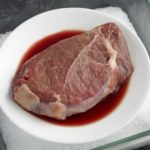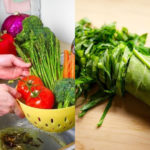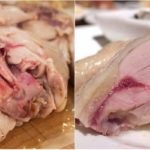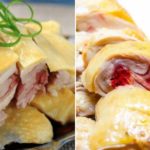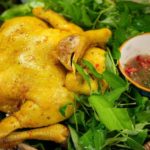1 Why Food Changes Color When Cooked: The Maillard Reaction
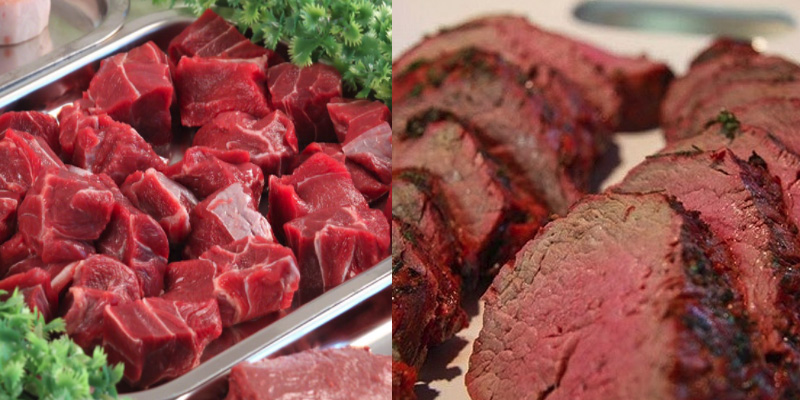
Cooking is essentially a series of chemical reactions that occur due to changes in temperature, moisture, and the pH of the ingredients. One of the most notable reactions is the Maillard reaction, often referred to as the “browning reaction” in food preparation.
Specifically, when temperatures exceed 140 degrees Celsius, Amino Acids and reducing sugars in the food rearrange and form new compounds. These compounds reflect light in a way that our eyes perceive as a brown color.
For further reference: How do you cook your steak? Rare, medium, or well done?
2 Common Foods That Change Color During Cooking
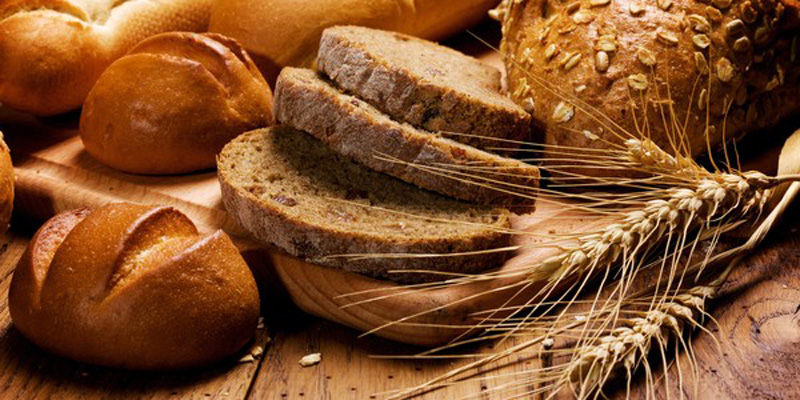
Toast turns brown, beef changes from red to brown, and chicken skin goes from pale to golden. These color transformations are a result of the Maillard reaction and vary based on temperature and moisture content. However, the Maillard reaction isn’t the only reason why foods change color when cooked. For instance, beef turns brown, while chicken or pork becomes white.
Beef’s transformation to a brown color is due to the presence of Myoglobin, a protein responsible for its red hue, which is unique to beef. Myoglobin also plays a role in oxygen storage in muscle tissue, and it contains iron atoms similar to those found in Hemoglobin in red blood cells.
At normal temperatures, the iron in Myoglobin reacts with oxygen to form iron oxide, giving it a red color. However, when heated, iron oxide undergoes a change from FeO2 to Fe2O3, resulting in a brown color (the meat’s surface turns brown). In contrast, white meats like chicken or pork contain less Myoglobin. Consequently, when cooked, they turn white.
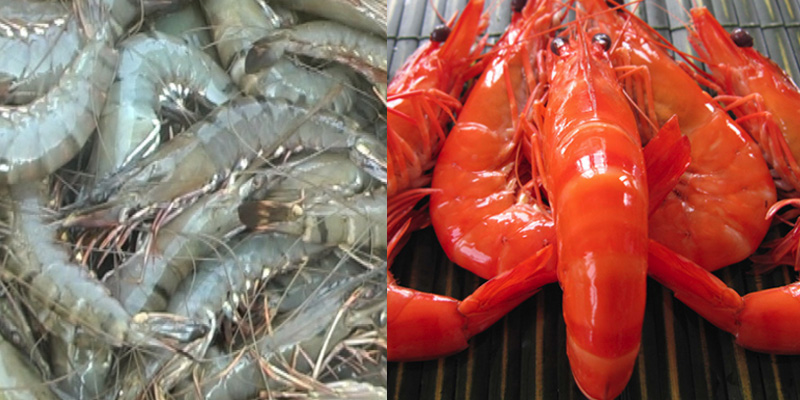
Seafood also undergoes a fascinating color change. Shrimp and crab, typically green or gray, turn red when cooked. This is due to the presence of a pigment called Astaxanthin, which is naturally found in their shells. Usually, this pigment is masked by another chemical called Crustacyanin, but heat alters Crustacyanin’s structure, revealing the red Astaxanthin underneath.
Some vegetables change color during cooking due to the breakdown of chlorophyll, a green pigment, when exposed to heat. At high temperatures, the magnesium atom at the center of the chlorophyll molecule is replaced by hydrogen, transforming it into a gray-green compound called Porphyrin.
In summary, the color change in food during cooking is akin to a chemical reaction. However, this doesn’t indicate a loss of essential nutrients, so there’s no need to worry about your favorite dishes becoming less nutritious!
Reference: caodangytehanoi.com

























